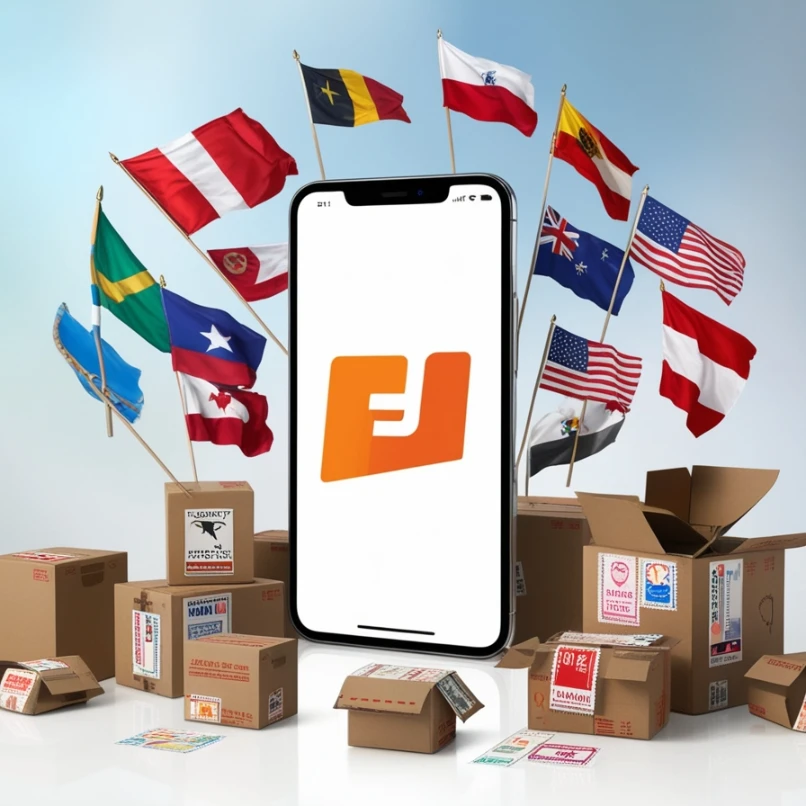Cross-Border Online Shopping: A Guide to International Purchases

The world is more connected than ever, and online shopping knows no borders. Whether you’re searching for unique fashion pieces, the latest tech gadgets, or specialty products unavailable in your country, buying internationally opens up a world of possibilities. However, cross-border shopping comes with its own challenges—shipping fees, customs duties, and return policies can all impact your experience. This guide will help you navigate international purchases with confidence.
1. Understanding Shipping Costs & Delivery Times
One of the biggest factors in cross-border shopping is shipping. Here’s what you need to know:
- Standard vs. Express Shipping – Standard shipping is cheaper but can take weeks, while express options are faster but more expensive.
- Customs Processing – Some packages may be delayed at customs, so check estimated delivery times carefully.
- Tracking & Insurance – Always opt for tracked shipping and consider insurance for high-value items to avoid lost-package headaches.
2. Customs, Duties & Taxes: Know Before You Buy
Many countries impose import duties and taxes on international purchases. To avoid surprises:
- Check Local Import Regulations – Some items may be restricted or require additional paperwork.
- Estimate Duties & Taxes – Use online duty calculators to estimate additional costs before completing your purchase.
- Understand ‘Delivered Duty Paid’ (DDP) vs. ‘Delivered Duty Unpaid’ (DDU) – DDP means all fees are covered at checkout, while DDU means you’ll have to pay customs duties upon delivery.
3. Currency Conversion & Payment Security
Buying from an international store means dealing with foreign currencies.
- Check Exchange Rates – Online banks or payment providers like PayPal often provide real-time rates, but some charge additional conversion fees.
- Use Secure Payment Methods – Credit cards, PayPal, and other trusted payment gateways offer fraud protection and secure transactions.
- Watch for Extra Charges – Some banks add international transaction fees, so check with your provider before purchasing.
4. Return & Refund Policies: Read the Fine Print
Returning international orders can be tricky, so always check:
- Return Timeframe – Some sellers allow returns, but the process can be time-consuming and costly.
- Who Covers Return Shipping? – Many stores don’t offer free international returns, meaning you may have to pay for return shipping.
- Restocking Fees – Some stores charge restocking fees for international returns, especially for electronics and bulky items.
5. Buying from Trusted Retailers
To avoid scams and poor-quality products:
- Read Reviews & Ratings – Check customer reviews on the website and third-party platforms like Trustpilot.
- Verify Seller Reputation – Established marketplaces like Amazon, eBay, and AliExpress have buyer protection policies.
- Check Contact Information – A legitimate store should have clear contact details, including customer support channels.
Final Thoughts: Shop the World with Confidence
Cross-border online shopping gives you access to unique products, competitive prices, and exclusive deals. By understanding shipping, customs, payment security, and return policies, you can make smarter international purchases without unwanted surprises.
So, next time you spot that must-have item overseas, you’ll know exactly how to shop smart and hassle-free!